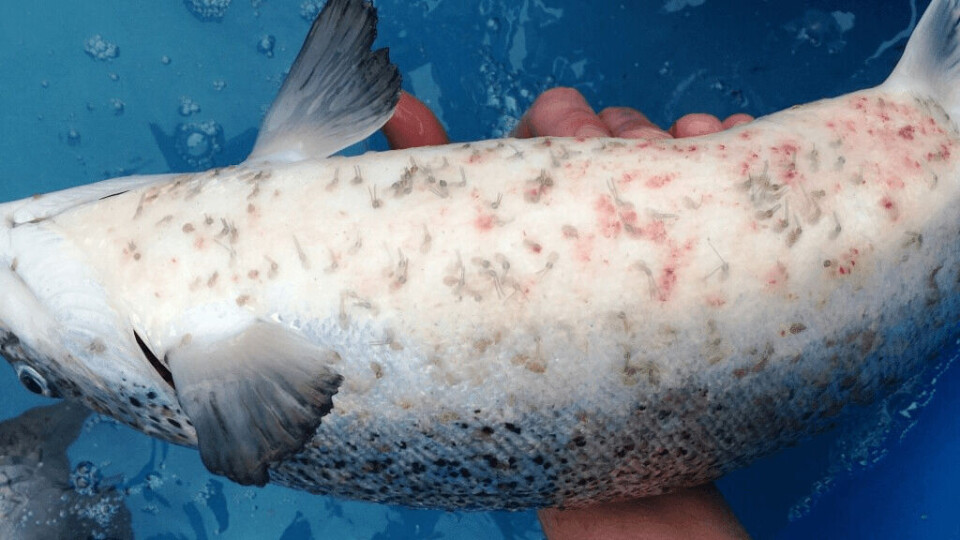
Scientists find new mechanisms involved in lice drug resistance
Chilean scientists have discovered that resistance mechanisms for azamethiphos in the Chilean sea louse, Caligus rogercresseyi, is not be limited to single mutations in some genes, but also involves genes, pathways and molecules called “lncRNAs”.
Long noncoding RNAs (lncRNAs) are a class of RNAs that can influence gene expression of various biological processes in various species, including mechanisms of drug resistance in arthropod species.
Although some phenotypes with low sensitivity and genes involved in Caligus resistance to organosphosphates and pyrethroids have been described, these mechanisms are not fully elucidated.
With this in mind, scientists from the University of O'Higgins, the University of Concepción and the Incar Center, carried out a study to identify the molecular and genetic mechanisms possibly involved in the resistance of Caligus to antiparasitics with special attention to the lncRNA.
To do this, they obtained live adult C. rogercresseyi females from salmon farms with a history of populations of the parasite with a low and high sensitivity to the antiparasitics azamethiphos, cypermethrin and deltamethrin.
RNA sequencing
They then performed bioassays with all three drugs to assess sensitivity and collect samples for RNA sequencing. Transcriptome sequencing was performed on samples exposed to each drug to assess the presence of coding and noncoding RNAs associated with the response of these compounds.
In their results, the experts were able to define the different mechanisms of action, genes and molecules involved in the possible resistance of Caligus to the three antiparasitics.
Specifically on azamethiphos, the most widely used antiparasitic in Chile at present, the authors pointed out that they did not find the mutation described in the northern hemisphere salmon louse Lepeophtheirus salmonis (Phe362Tyr) for resistance to organosphosphates. However, they conclude that the resistance mechanisms in Caligus against azamethiphos are not limited to unique mutations in some genes, it also involve many genes and pathways along with lncRNAs.
Nervous system
“The present study contributes to the association of some lncRNAs with a specific population of sea lice, specifically those that were less susceptible to azamethiphos. The lncRNAs 16877 and 17734 were correlated with the genes of the cuticle protein and P-Glycoprotein (PgP) respectively, which suggests that these lncRNAs are involved in transporters of the nervous system and in the formation of the cuticle”, wrote the researchers.
In addition, the scientists pointed out that the study provides new insights into how lncRNAs are involved in the response to pesticides, helping to understand the complexity of the molecular regulation of lice against antiparasitics.
Fish infection
“This class of lcnRNAs are fundamental in the life cycle of C. rogercresseyi, since they are involved in a vast and complex repertoire of the biological process during fish infection,” they explained.
The scientists concluded that the significant correlation between gene transcription patterns with the historical antecedents of the different sensitivities in the field to antiparasitics “suggests new molecular mechanisms of drug resistance in lice populations”.
Read the full study entitled “Tackling the Molecular Drug Sensitivity in the Sea Louse Caligus rogercresseyi Based on mRNA and lncRNA Interactions” here.























































